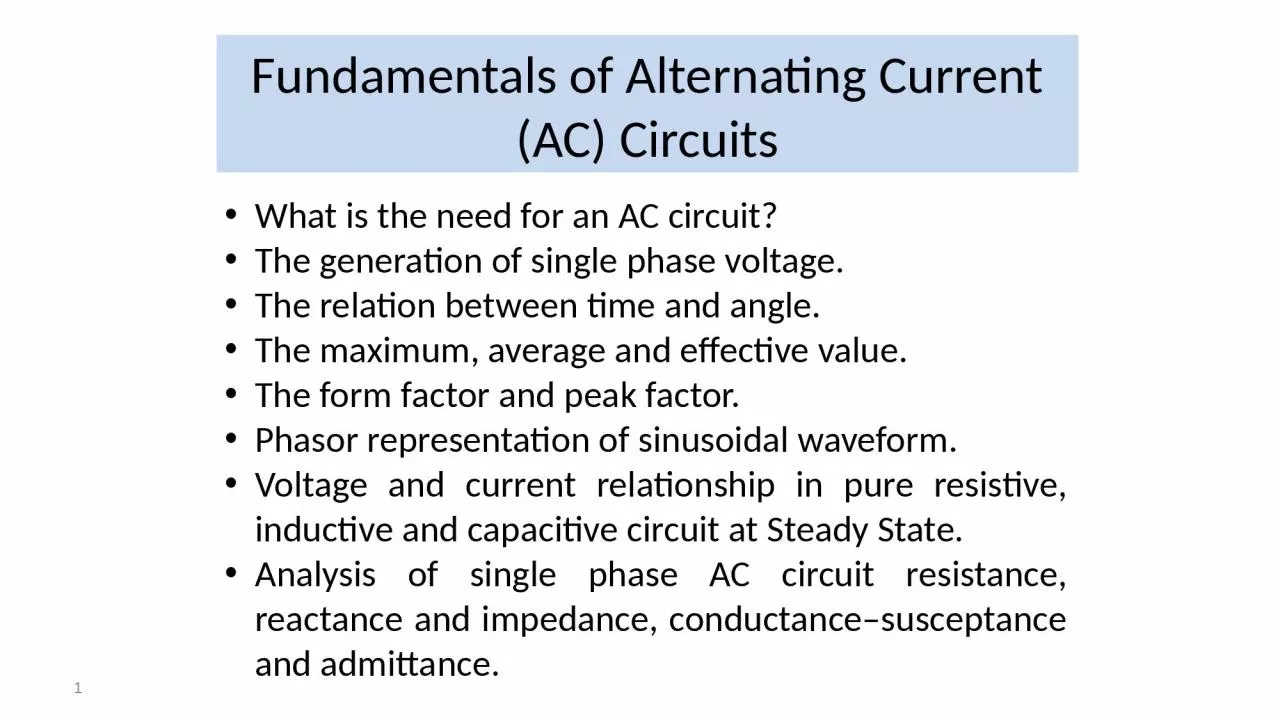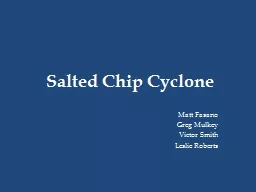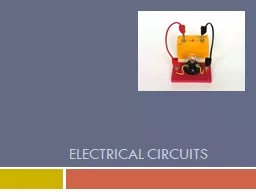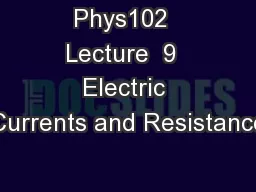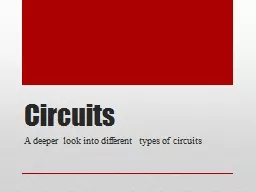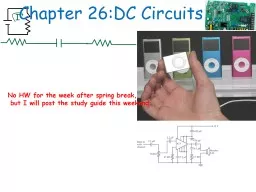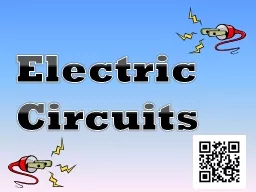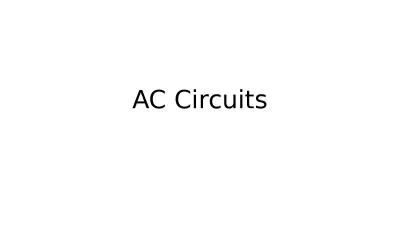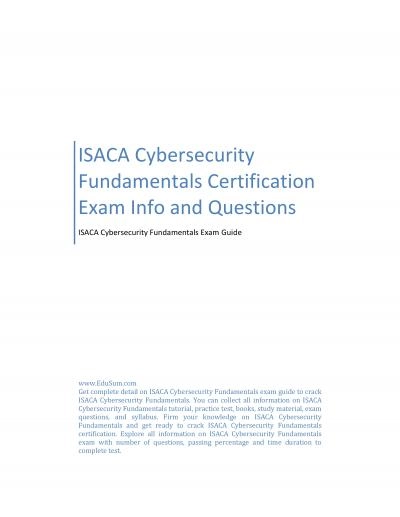PPT-Fundamentals of Alternating Current (AC) Circuits
Author : murphy | Published Date : 2023-11-08
What is the need for an AC circuit The generation of single phase voltage The relation between time and angle The maximum average and effective value The form factor
Presentation Embed Code
Download Presentation
Download Presentation The PPT/PDF document "Fundamentals of Alternating Current (AC)..." is the property of its rightful owner. Permission is granted to download and print the materials on this website for personal, non-commercial use only, and to display it on your personal computer provided you do not modify the materials and that you retain all copyright notices contained in the materials. By downloading content from our website, you accept the terms of this agreement.
Fundamentals of Alternating Current (AC) Circuits: Transcript
Download Rules Of Document
"Fundamentals of Alternating Current (AC) Circuits"The content belongs to its owner. You may download and print it for personal use, without modification, and keep all copyright notices. By downloading, you agree to these terms.
Related Documents

